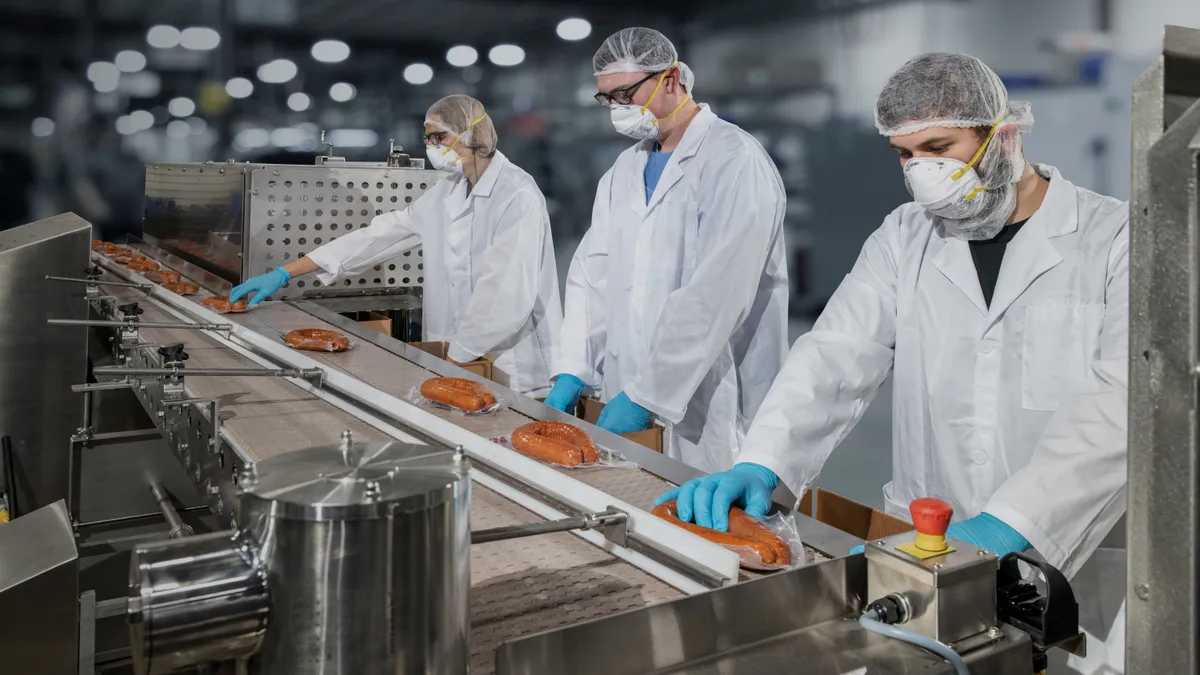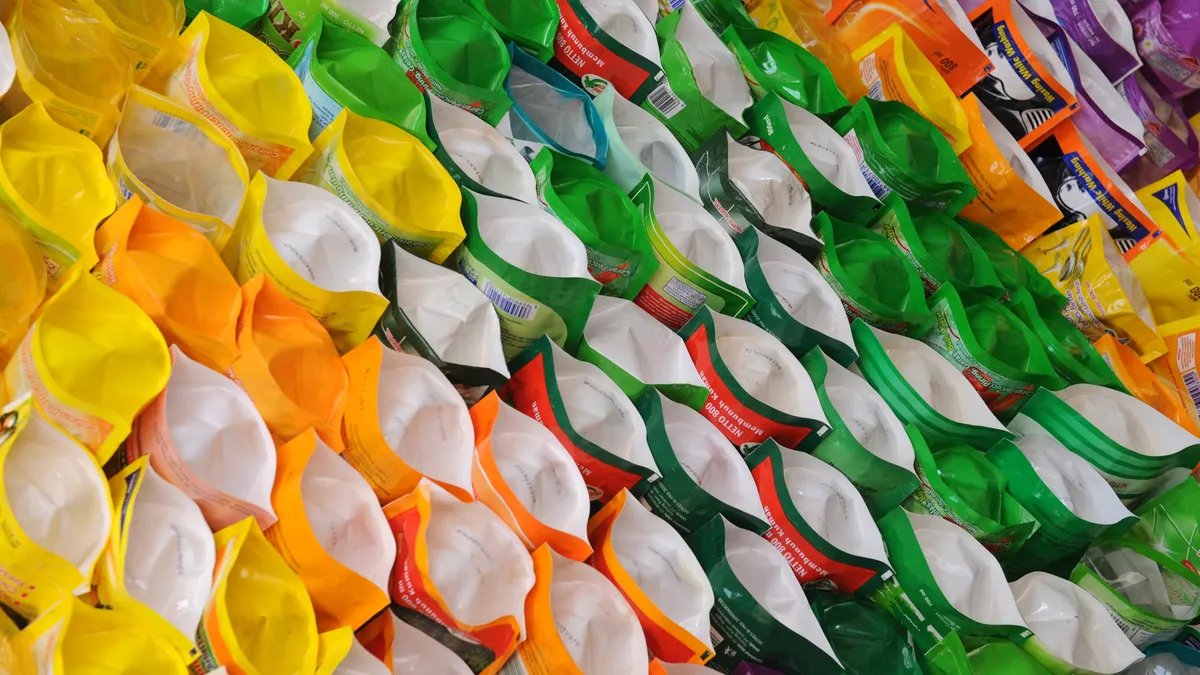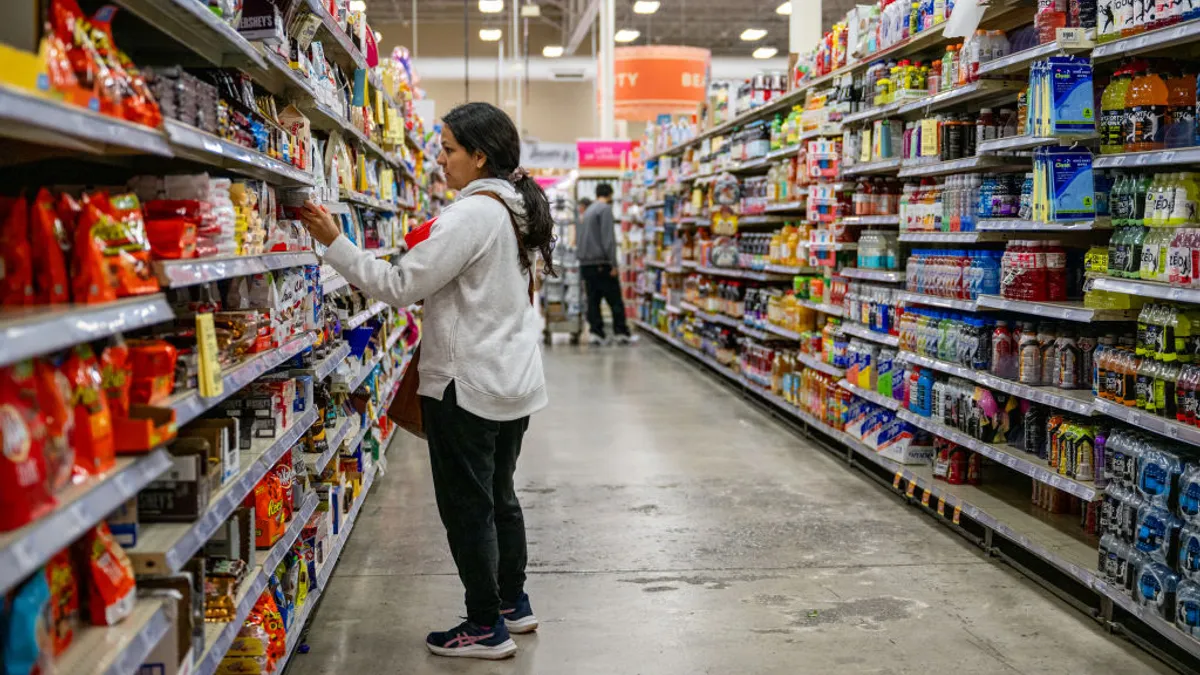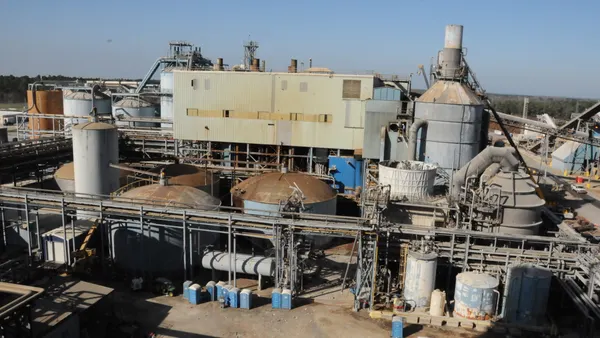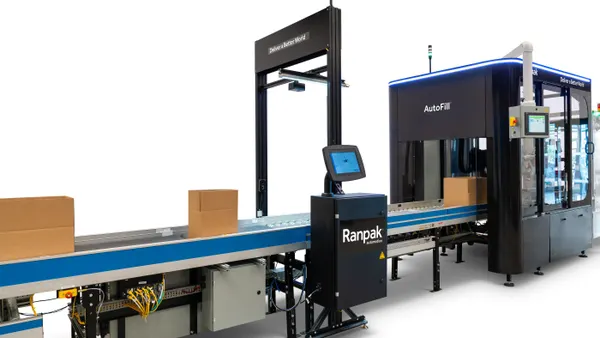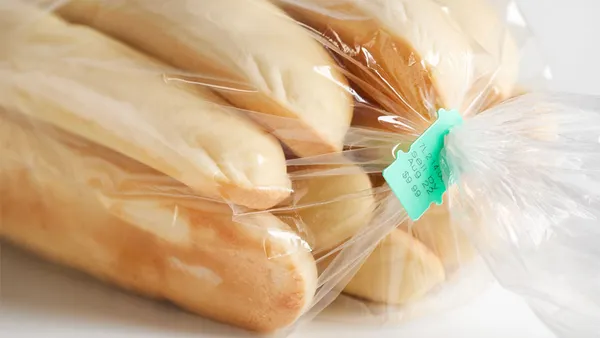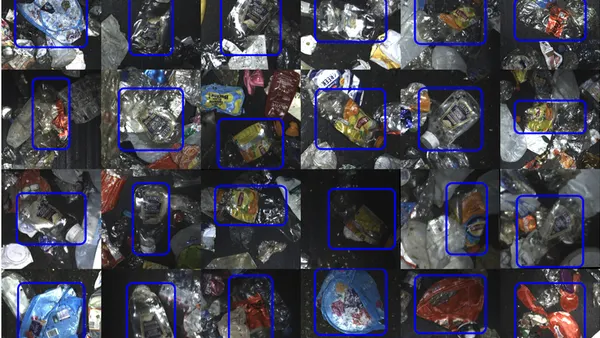The Labor Challenge in Packaging
Packing products for shipment is physically demanding, repetitive, and often overlooked when companies evaluate operational inefficiencies. While packing itself doesn’t require specialized skills, it’s one of the hardest roles to staff and retain workers for, leading to chronic labor shortages and lost productivity.
At the same time, many businesses misdiagnose the problem, believing they need full automation to solve labor issues—when in reality, the solution might be a well-designed ergonomic packaging system that keeps workers productive, safe, and engaged.
The right end-of-line packaging setup doesn’t just improve worker well-being, it improves throughput, reduces material waste, and minimizes the hidden costs of hiring and training replacement workers. So, what makes a packaging line ergonomic and efficient?
1. The Role of Ergonomics in Efficiency and Retention
For many companies, end-of-line packaging has remained largely unchanged for decades—requiring workers to bend, lift, twist, and strain to complete each task. This leads to high turnover, injury risks, and decreased productivity, ultimately driving up labor costs.
- The Fix: Research-backed ergonomic packaging systems improve worker comfort, reduce fatigue, and increase long-term throughput. Thoughtfully designed workstations enable higher output per worker while reducing turnover rates—a major benefit in today’s tight labor market.
2. Automation vs. Ergonomics: What’s the Right Investment?
Business leaders often default to full automation when trying to reduce manual labor costs. However, this approach isn’t always necessary or feasible—especially for operations handling diverse product types or variable order volumes.
- The Fix: A well-designed semi-automated packaging system can provide similar efficiency gains without eliminating the flexibility of human workers. Companies that integrate automated case erecting, case sealing, and optimized workstation layouts often see 30%+ increases in throughput while keeping the same labor force.
3. Key Design Principles of an Ergonomic Packaging Line
An independent engineering study found that the most efficient and worker-friendly packaging lines follow several key principles:
- Automated Case Erecting – Eliminates the repetitive strain of manually forming and taping cases, providing 3x-10x faster throughput.
- Case and Product Alignment – Positioning product directly in front of the operator reduces twisting and bending.
- Adjustable Workstation Heights – Allows operators to work at the optimal level, minimizing fatigue and strain.
- Low-Friction Feed Conveyors – Reduces lifting effort and handgrip force when transferring products.
- Automated Case Sealing – Ensures consistent tape application, reducing waste and sealing failures.
Companies that incorporate these simple yet effective adjustments see dramatic improvements in worker efficiency, packaging speed, and material savings.
4. Redefining ROI: The True Cost of Labor Turnover
Companies tend to evaluate packaging investments only in terms of labor reduction, but this overlooks a critical cost: the expense of turnover and hiring.
Studies show that losing and replacing a single warehouse worker costs companies an average of $4,000 in recruitment, onboarding, and training expenses. In high-turnover environments, these costs can quickly spiral out of control.
- The Fix: Businesses that prioritize ergonomic design in their packaging process see lower attrition rates and higher worker engagement, reducing recruitment expenses and improving workforce stability.
Designing for People and Profitability
Ergonomic end-of-line packaging isn’t just about worker safety, it’s about operational success. Companies that rethink manual packing through better workstation design, selective automation, and labor-efficient processes unlock higher productivity, lower turnover, and increased profitability.
Is your packaging process optimized for efficiency? Now is the time to rethink your approach—before labor shortages and rising costs force the decision for you.

